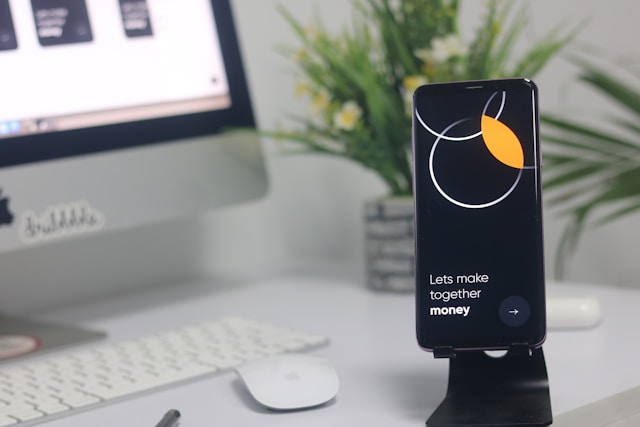Hello everyone! Evelyn Reed here. I’m so excited to dive into a topic near and dear to my heart: mobile app localization. In today’s interconnected world, simply having a fantastic app isn’t enough. You need to make it resonate with users across different cultures and languages. Trust me, ignoring this is like trying to sell ice to Eskimos – a total non-starter!
Why Localization Matters
Okay, so why bother with localization? Well, think of it this way: users are far more likely to engage with an app that feels like it was designed *just* for them. That means speaking their language – literally and figuratively. A solid app localization strategy focuses on tailoring your app’s content, design, and functionality to resonate with your target audience’s language and culture. The main goal? To enhance user experience and, of course, boost market penetration. We all want that, right?
Reaching a plateau in your app’s growth in your native market? That’s a big reason to consider new markets. I’ve seen it happen so many times! You’ve been a successful app marketer and managed to connect… but then what? Time to go global!
Key Aspects of a Successful Localization Strategy
So, how do you actually *do* this localization thing? Glad you asked! It’s more than just a simple translation, believe me. It’s about making your app feel truly native to a particular region. Its about understanding the nuances!
- Conduct Market Research: Seriously, don’t skip this step! Before you even think about translating a single line of text, understand your target market. What are their preferences? What are their cultural norms? What languages do they speak?
- Prepare Your App for Localization: This involves technical stuff like using Unicode for text encoding (trust me, it matters!) and designing your UI to be flexible enough to handle different text lengths. Text expansion is a real thing – German, for example, can take up significantly more space than English.
- Work with Professional Translators: Please, for the love of all that is holy, don’t rely on machine translation alone! While tools like Google Translate have come a long way, they still can’t capture the nuances of human language. Invest in professional translators who are native speakers and understand the cultural context.
- Adjust Content for Cultural Sensitivity: This is HUGE. What’s considered acceptable in one culture might be offensive in another. Be mindful of cultural differences affecting how users perceive visual elements, colors, and phrases. Replacing culturally sensitive or irrelevant visuals with localized alternatives that resonate with the target audience is key. I remember one app I consulted on that used a hand gesture that was perfectly innocent in the US, but deeply offensive in parts of the Middle East. Big ouch!
The Devil is in the Details
App localization best practices involve a whole checklist of things. Separate visuals from text. Adjust content for cultural sensitivity. Consider regional language differences. Offer customer support in native languages. Test and verify your app! And don’t forget a feedback loop for continuous localization.
Examples of Success
Let’s look at an app that absolutely *nailed* localization: WeChat. This messaging app is dominant in the Chinese market, and it’s not just because it offers basic messaging. It recognizes features that are important in that market. It integrates functionalities to cater to user preferences beyond just messaging. The app developers also incorporated several app localization best practices, such as the addition of popular Chinese payment options like Alipay and WeChat Pay, making transactions seamless. That’s smart!
Cultural Sensitivity: Not Just a Buzzword
In the simplest terms, cultural sensitivity refers to ones awareness and appreciation of cultural, ethnic, and racial values, norms. It means understanding and respecting the differences in how people from different backgrounds perceive the world. When it comes to geolocation apps, one of the primary ways to achieve cultural sensitivity is through localization. It involves customizing the apps language, content, currency, date formats, and other cultural elements to suit specific regions. By providing information in the users native language, you’re showing that you value their culture and are committed to providing a user-friendly experience.
I’ve seen too many companies underestimate the importance of cultural sensitivity, and it always backfires. Trust me, it’s worth the extra effort to get it right!
Final Thoughts
Mobile app localization is an ongoing process, not a one-time event. The world is constantly changing, and cultures are evolving. To make sure your app stays relevant and engaging, you need to continuously monitor user feedback, analyze market trends, and adapt your localization strategy accordingly.
Okay, that’s enough from me for today! I hope this has been helpful. Now go forth and conquer the global app market!
Until next time,
Evelyn Reed
